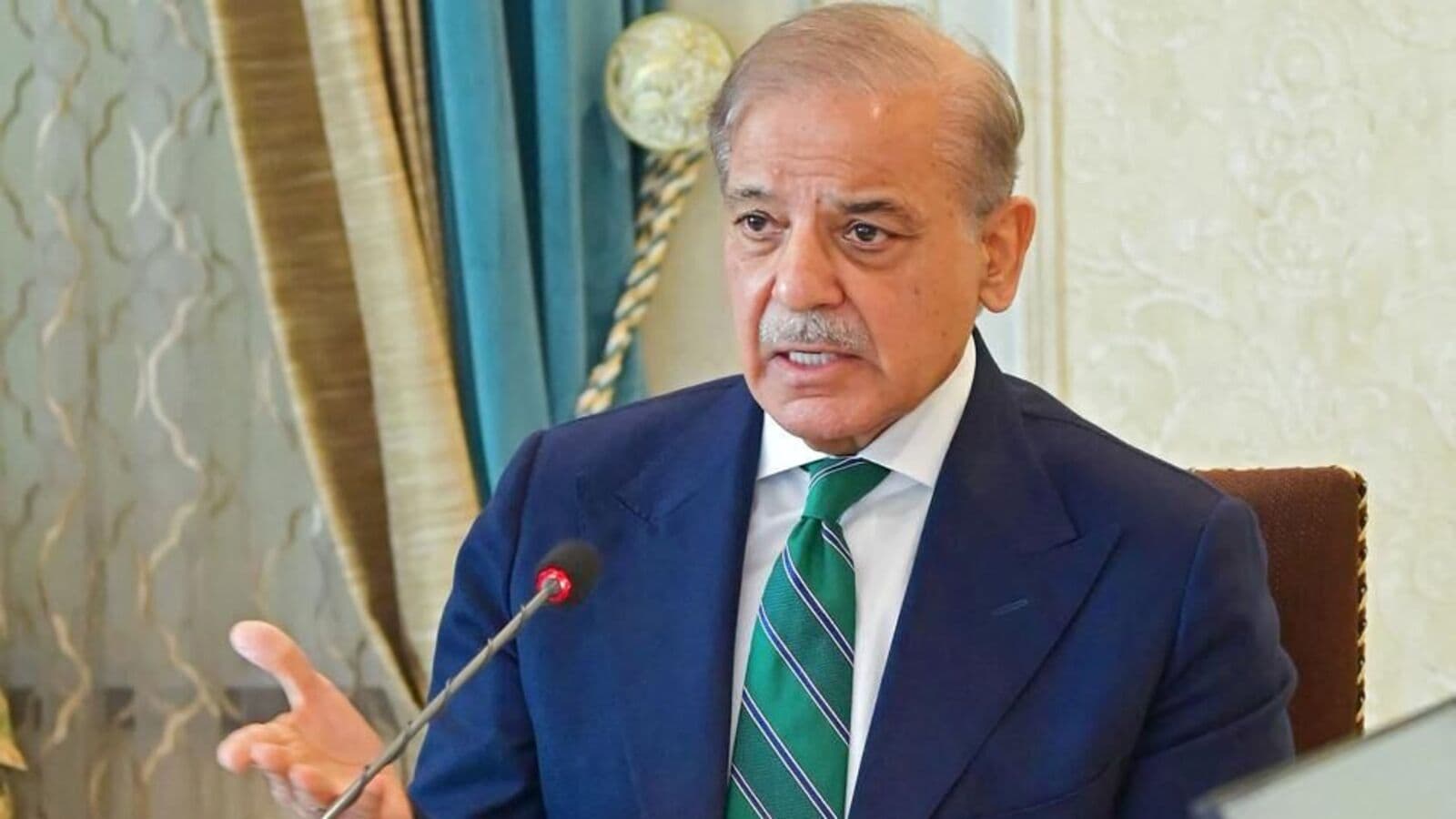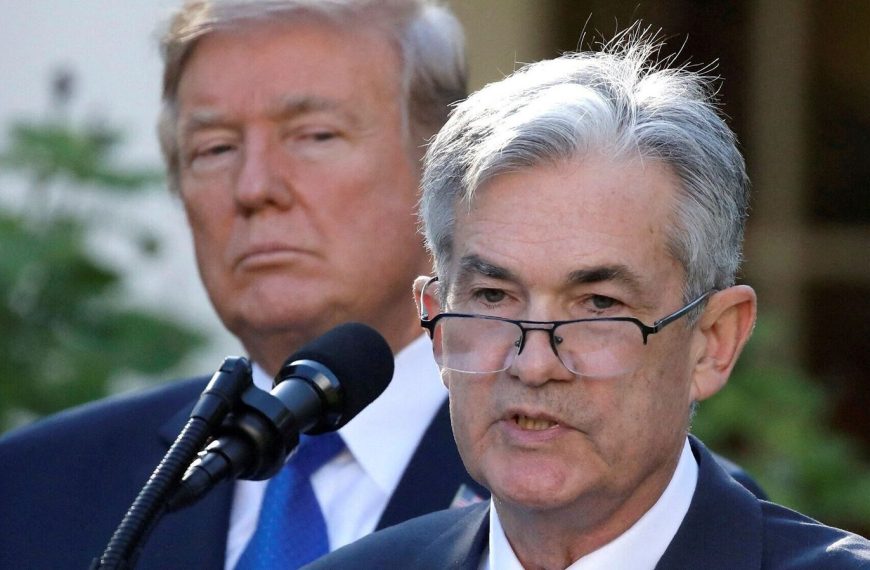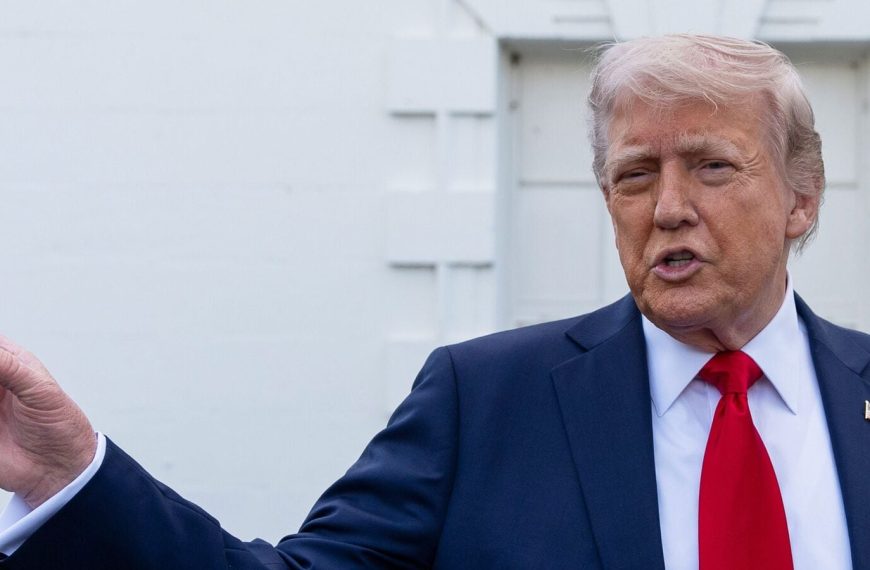In a pivotal meeting led by Prime Minister Shehbaz Sharif on Thursday, Pakistan unveiled a series of significant retaliatory measures against India following the deadly Pahalgam terror attack, which resulted in the tragic loss of 26 civilian lives. The Prime Minister’s Office (PMO) has described the suspension of the Indus Water Treaty as tantamount to “an Act of War,” asserting that Pakistan will respond with “full force across the complete spectrum of National Power.” This escalation includes the suspension of the 1972 Simla Agreement, which was designed to foster peaceful relations between the two nations.
Comprehensive Measures Against India
Pakistan’s latest actions include:
- Suspension of all trade with India.
- Expulsion of diplomats from the Indian High Commission in Islamabad.
- Cancellation of certain visas for Indian nationals.
- Closure of airspace to all Indian airlines.
This maneuvers come as tensions rise in the region, yet Pakistan faces substantial challenges that could hinder its ability to engage in a prolonged conflict.
Economic Fragility of Pakistan
While the government has taken a strong stance, its economic situation raises concerns about the sustainability of any aggressive policies. Here are some critical factors contributing to Pakistan’s economic vulnerability:
1. Dwindling Foreign Reserves
Pakistan’s foreign currency reserves have plummeted to alarming levels. As of early March 2023, reserves held by the State Bank of Pakistan (SBP) fell below $11.1 billion, marking a decrease of over $150 million within a week. This drop is primarily attributed to substantial external debt repayments.
2. Overwhelming External Debt
The external debt burden on Pakistan is staggering, exceeding $131 billion as of December 2024. Recent figures indicate that the country is facing a daunting obligation to repay approximately $100 billion in external debts over the next four years, complicating its financial landscape significantly.
3. Reliance on IMF Support
Pakistan has been heavily reliant on the International Monetary Fund (IMF) to stabilize its economy. Last September, the IMF approved a $7 billion loan aimed at revitalizing the struggling economy, distributed in 37 installments. However, the IMF has cautioned that Pakistan’s economic vulnerabilities remain severe.
4. Suspension of U.S. Aid
The suspension of U.S. aid under the Trump administration further exacerbated Pakistan’s financial woes. The halt on foreign assistance from the State Department and USAID has left Pakistan in a precarious situation, especially as it grapples with an already challenging economic environment.
5. Political Instability and Governance Challenges
Adding to the turmoil, Pakistan faces ongoing political instability. Historically, no Prime Minister has completed a full five-year term, with 18 instances of removals due to various crises, including corruption allegations and military coups. The recent ousting of Imran Khan amid a no-confidence motion underscores the fragile political landscape.
The Context of Rising Tensions
The backdrop to these developments is the Pahalgam terror attack, which has deeply affected both countries. The assault claimed the lives of 26 individuals, predominantly Hindus, along with a local Muslim, amplifying the urgency of the situation. As both nations navigate this complex relationship, the stakes remain high.
In conclusion, while Pakistan has taken a firm stance against India, its economic fragility and internal challenges could significantly impact its capacity to engage in conflict effectively. The situation warrants close observation as developments unfold.











